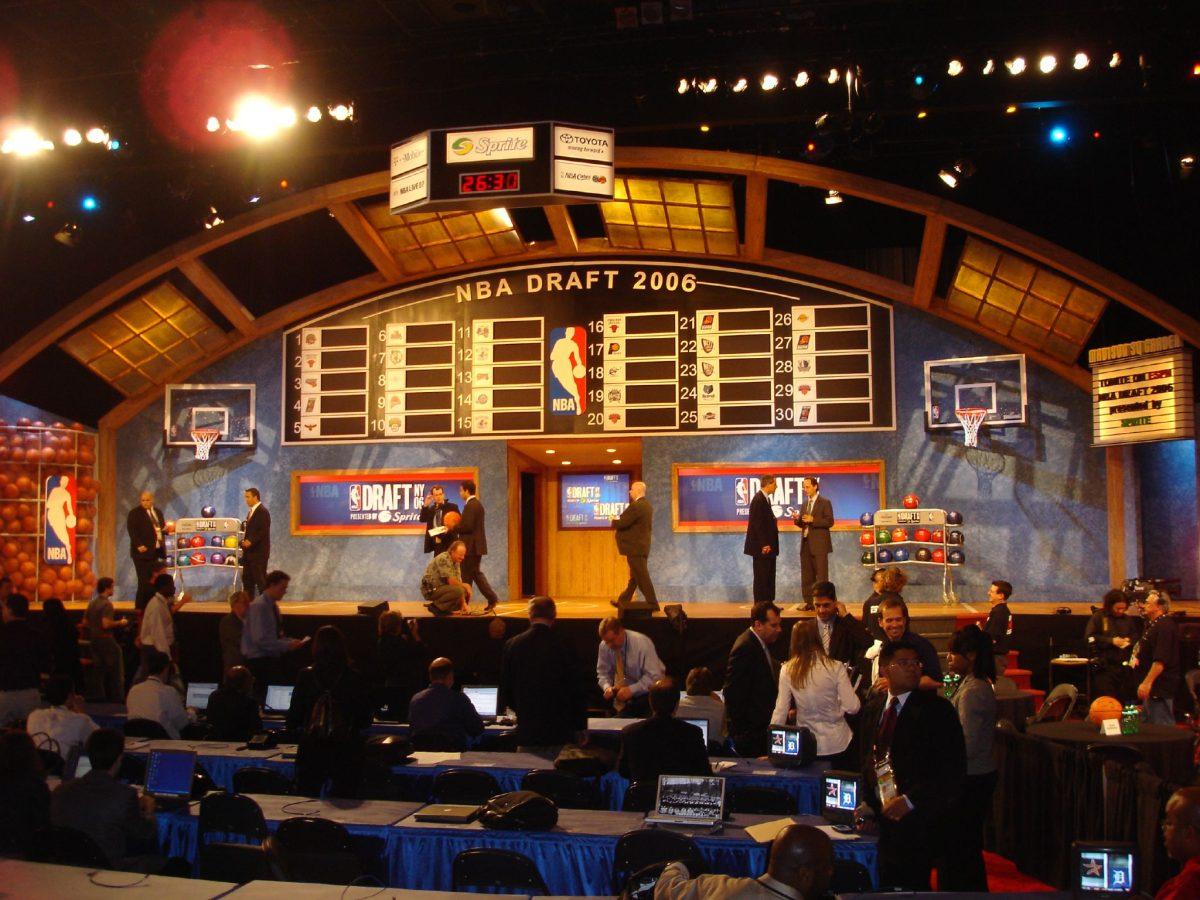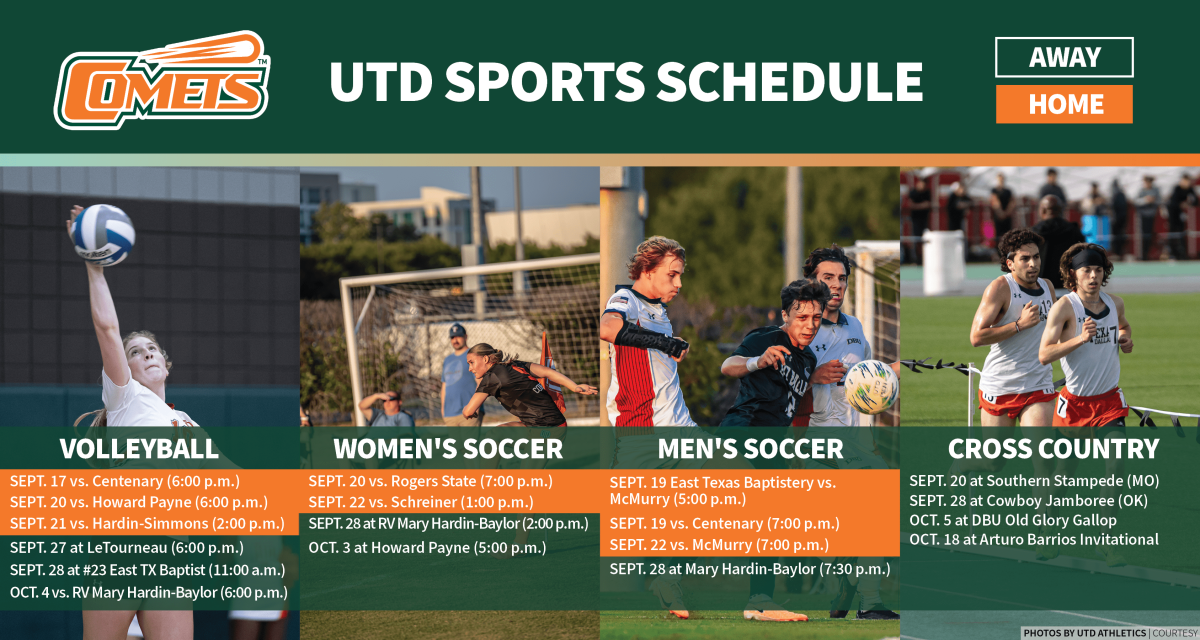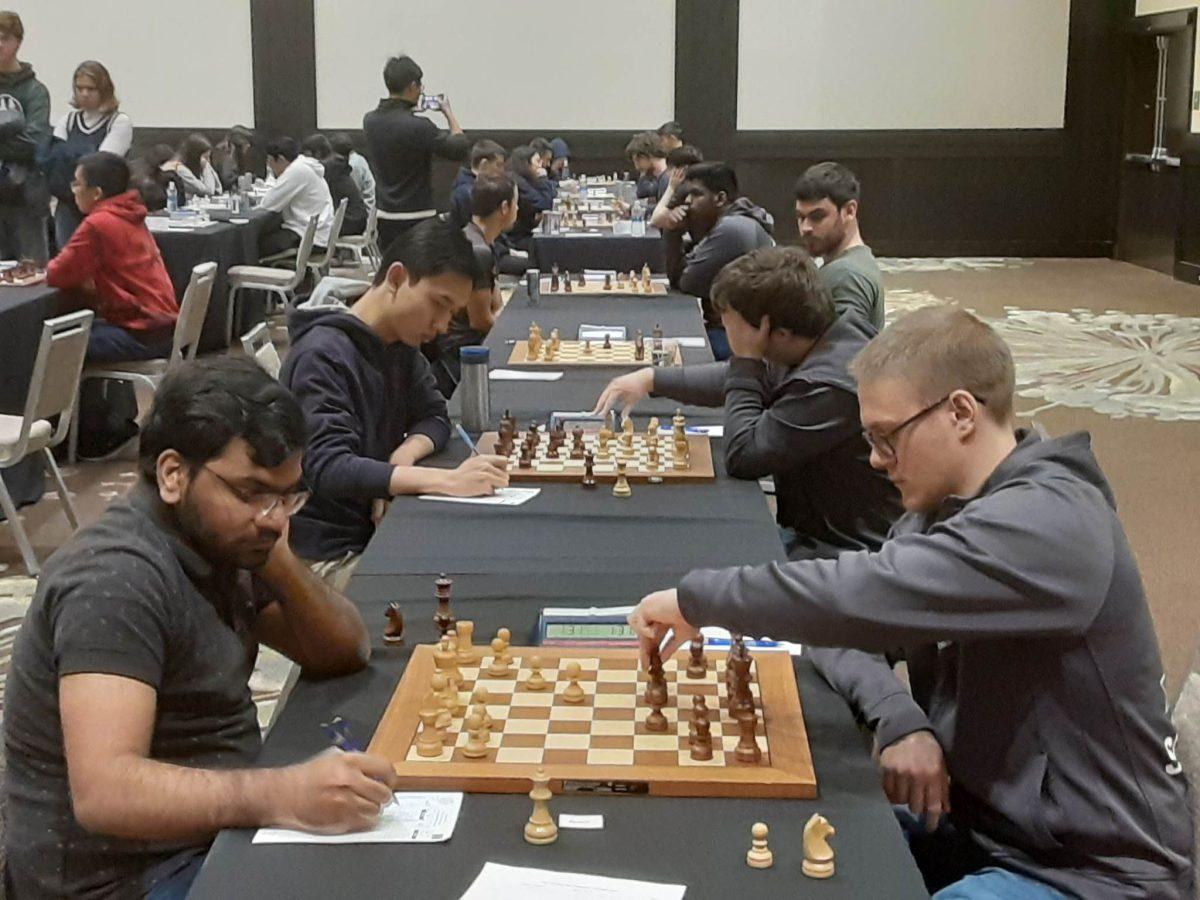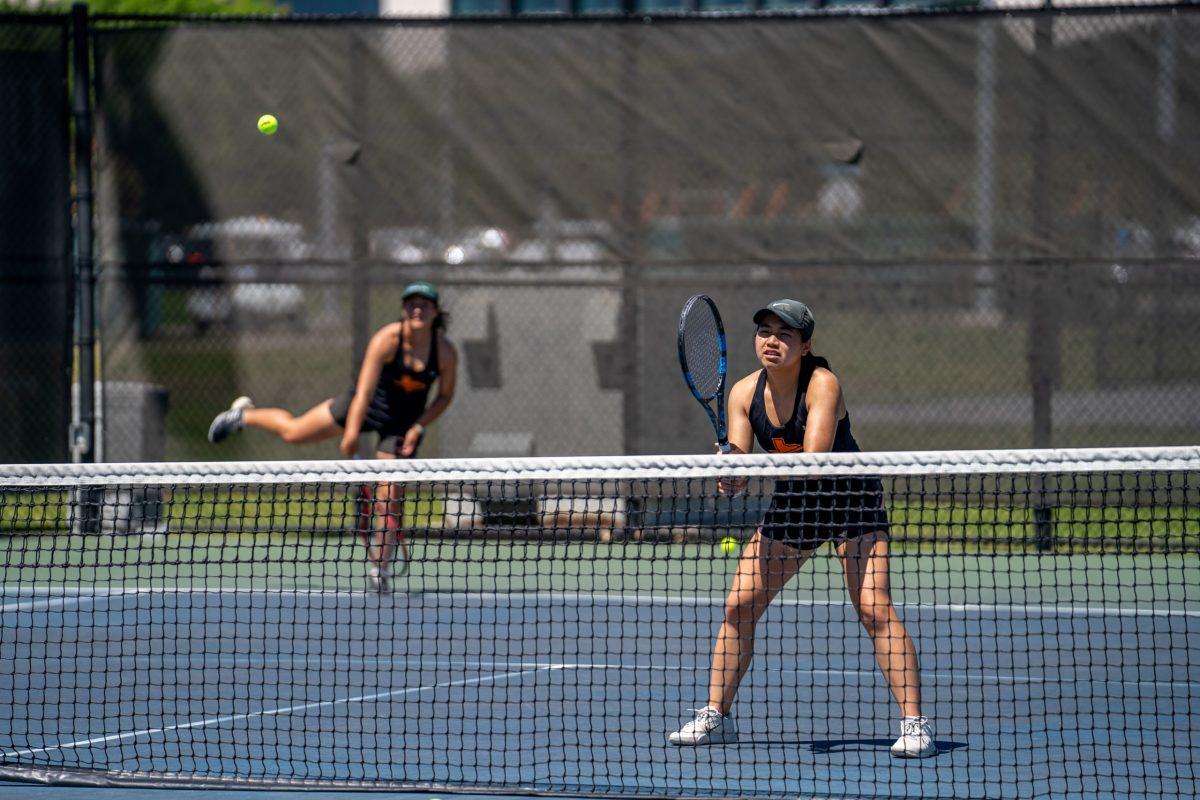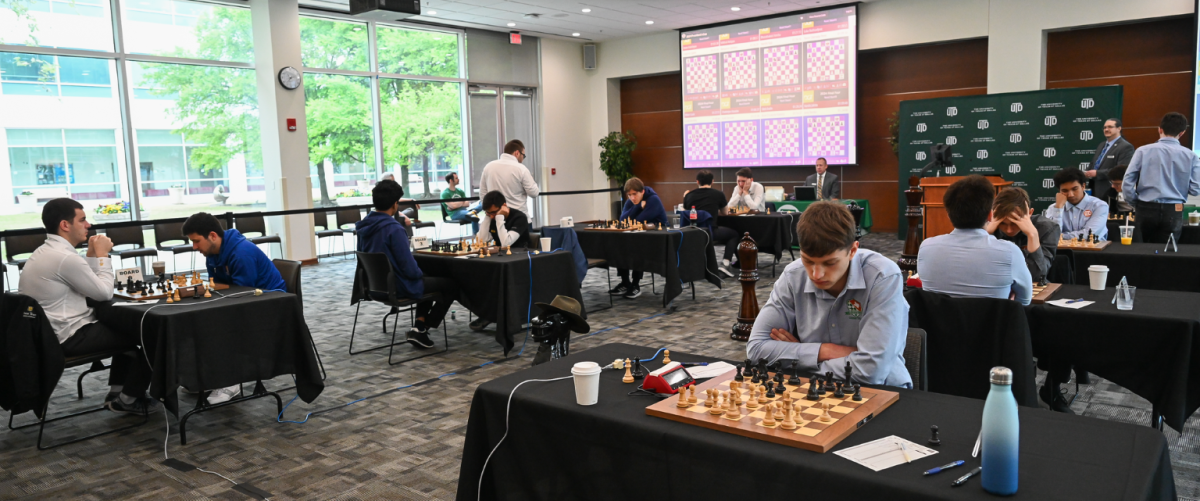Should there be an increased age restriction on amateur athletes seeking to declare for the NBA draft? That question has been on the table for years and will be up for debate once again as the NBA’s current collective bargaining agreement is set to expire on June 30, 2017.
These athletes deserve to be compensated for being the best in their field.
As it stands now, all NBA prospects are required to be at least 19 years old during the calendar year of the draft and be one year removed from their high school graduation. This rule was adopted in time for the 2006 NBA draft and has been in place ever since. As a by-product, this rule forces NBA prospects to complete one year of their NCAA eligibility and then declare for the draft — thus meeting the Continental Basketball Association’s two stipulations.
This phenomenon is widely known as being “one and done.” There have been arguments as to whether the rule should be left alone, removed altogether or be more harshly enforced by increasing the age restriction. Commissioner of the NBA Adam Silver has adamantly been in favor of increasing the minimum age to at least 20 years old.
“Their principal argument is that it’s a restriction on players,” Silver said in an interview with GQ. “And as a philosophical argument, I totally understand that. Of course it’s a restriction, in the same way a draft is a restriction. But our view is that it would make for a better league. You’d have more skilled players, more mature players. The draft would be better. It would be better for basketball in general. Strong college basketball is great for the NBA. And we know those players are eventually going to come to the NBA, whether they are 19 or 20 or 21.”
The problem with Adam Silver’s reasoning, though not inaccurate, is that the benefits derived from an age increase seem to only benefit the league, its owner’s pockets and the NCAA — pretty much everyone except the players themselves.
Although waiting a year or two might not seem like such a long time, the opportunity cost of someone forgoing one or two years of NBA salary is substantial. Not to mention the effects it would have on an athlete’s lifetime earnings.
Take, for example, a draft prospect that is projected to be a lottery pick. Given the NBA’s rookie scale, they would be eligible to make 1.65 million their rookie year and 1.73 million their second year plus a 120 percent salary increase that most draft picks receive. Entering the NBA draft at 20 or 21 as opposed to 19 would cost top players in the country roughly 2 to 4 million dollars and any money they could have gained through endorsements.
The biggest effects are during a player’s second contract, which is usually when a majority of an NBA player’s lifetime earnings are made. These contracts usually last four to five years with an annual base salary upwards of $10 million. Extending the age limit by one or two years would mean a player losing out on $10 to $20 million in salary during the prime of their careers.
At the same time, having an NBA prospect play another year of college without compensation puts them at risk of getting injured without anything to show for it. Some players, such as Brandon Jennings and Emmanuel Mudiay, have opted to play overseas to earn income while at the same time fulfilling the criteria of being one year removed from high school, though these seem to be extreme cases.
If someone is in the top 1 percent of their field, they deserve to get paid. Future and current NBA players should be protected, despite any pressure they may feel from the league and its owners.

